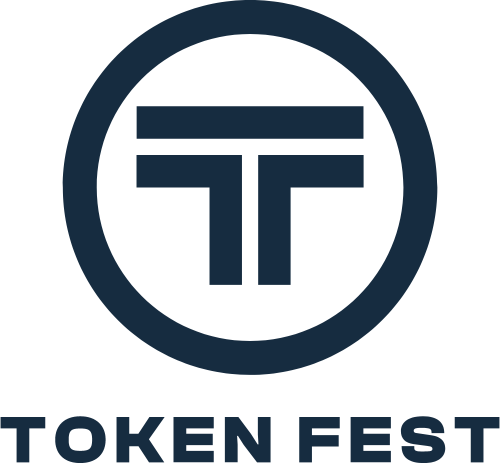What does Staking mean?
In crypto, staking is a form of investment. The crypto owner leaves their coins in a sort of bank so the blockchain can use them to efficiently validate other transactions.
As an investment staking is a relatively low risk (at least for crypto), but it can provide good passive income, provided you do it right.
What Is Staking?
DeFi markets operate on blockchains, which verity crypto transactions and record them as data.
Blockchains can utilize a proof-of-work model to verify transactions, but this model requires mining devices – which are themselves powered electricity.
A proof-of-stake model, on the other hand, is significantly more efficient.
A proof-of-stake mechanism also validates entries into a blockchain. The blockchain requires other crypto users’ tokens to do this, and that is where staking comes into play.
When you stake, you are supplying tokens the blockchain can use to validate other users’ transactions. Because staking provides value, people who stake collect a small fee in consideration of their contribution.
How Does Staking Work?
Leaving crypto in your wallet is not analogous to stuffing $100 bills in your mattress. The blockchain actively creates new data out of coins that are sitting in a vault (crypto savings account).
The investor thus contributes to the blockchain by essentially doing nothing, but simply providing the coins requisite for validating transactions in a proof-of-stake model constitutes a valuable contribution to it.
#Earnable is the innovative #passiveincome token 💠$EARN 13% #Rewards can be claimed in tokens of your choice. #Staking & #Farming also available!
👥Amazing Doxxed team,
🛡️Locked LP
🧿Low MCAP@EarnableToken #EARN is a true #BSCGem 💎
🌐 https://t.co/dCjsf64Cl0 pic.twitter.com/Tekg2oCBYZ— Crypto Ape 🦍 (@RealMoneyApe) December 19, 2021
Staking crypto does not mean that your coins will necessarily be used to validate transactions. Staking boils down to a numbers game: The more tokens you stake, the higher the likelihood that your property will be utilized to create value.
This is why staking more coins nets a higher yield, just as you would earn more interest for depositing more money in a savings account.
📢 Here’s How our Staking Program helps you maximise your crypto profits! #bitgert #BRISE pic.twitter.com/fJPegkeNrb— Bitgert – $BRISE (@bitgertbrise) December 19, 2021
Staking is not very risky, at least as far as crypto goes. In contrast to liquidity providing, staking doesn’t carry the risk of impermanent loss (a danger unique to investing in liquidity pools, where it is possible to net a lower reward than if you had just HODL’d your coins instead).
It is possible that the value of the stacked coin will drop, but that is a constant problem however you’re utilizing your crypto.
There is typically a minimum amount of crypto that you’re able to stake in a proof-of-stake blockchain.
If your staked coins meet that threshold, you can realize an annual percentage yield in the ballpark of 5 to 25%.
💷$150 Giveaway!💷
✅RT
✅Follow me and @hullyuniverse
48hrs
Metaverse Ready & NFT Staking & Party with Celebrities🔥 pic.twitter.com/H1HyLlLC8g— Crypto Stella (@crypt0_stella) December 19, 2021
Keep Reading

Since 2023, Yoshi Ae has combined storytelling and community insight as a PR writer, creating content that resonates across platforms like X and Discord. From press releases to narrative campaigns, Yoshi bridges brand messaging with real-time community engagement.





